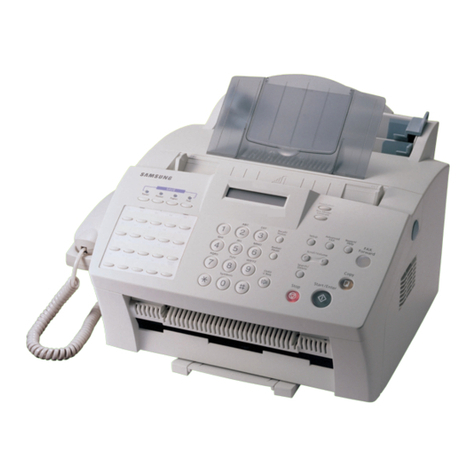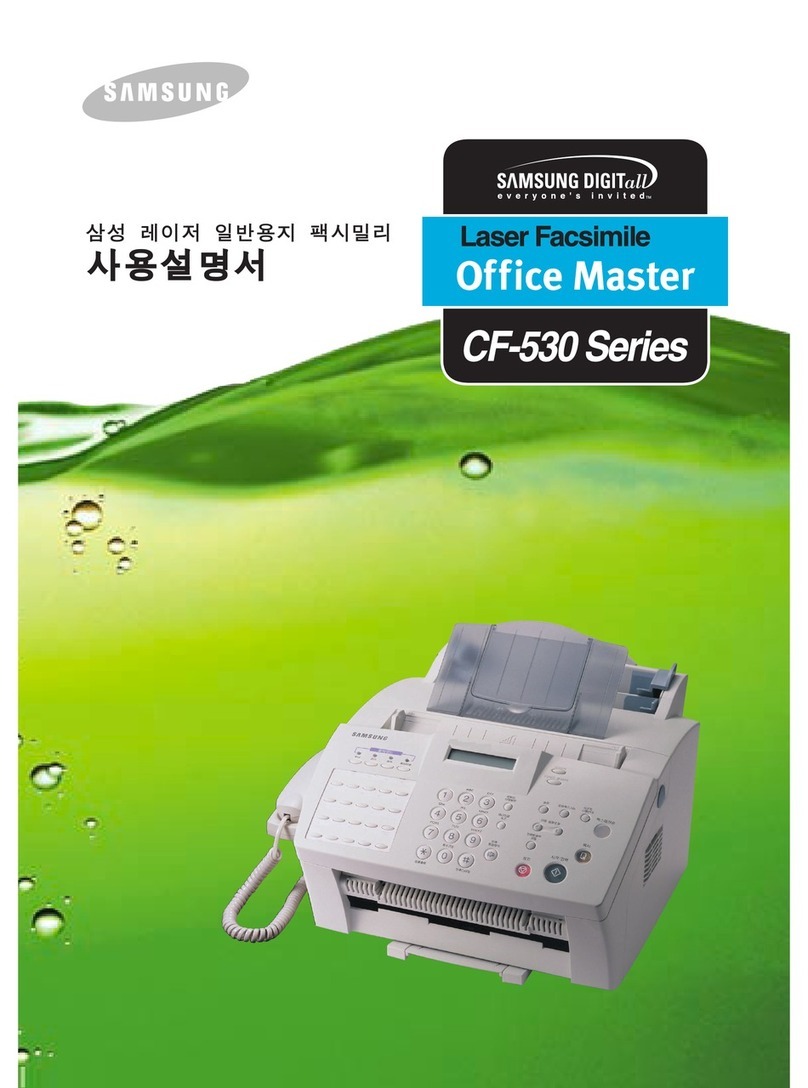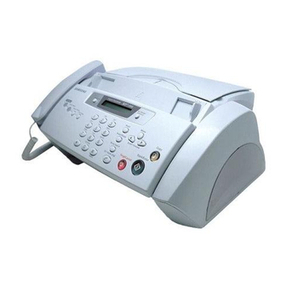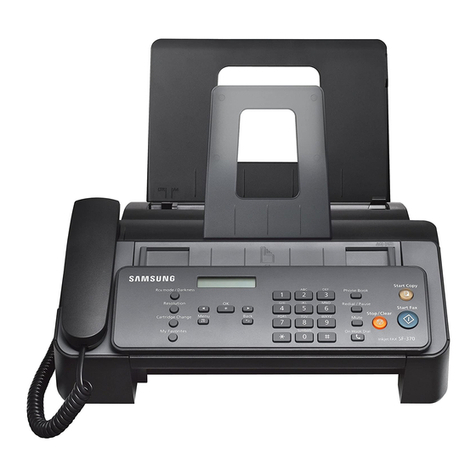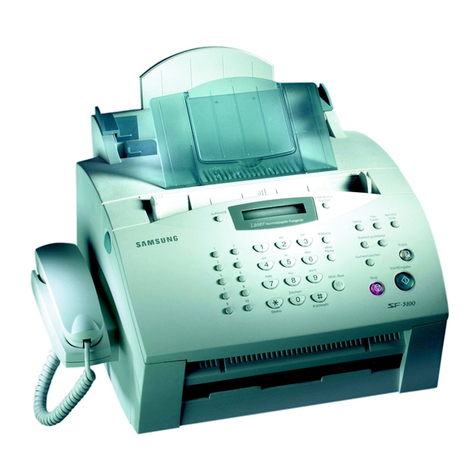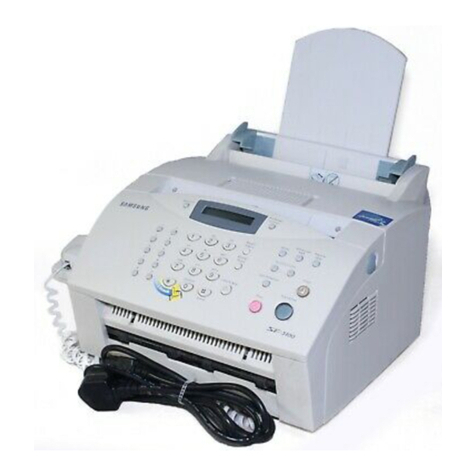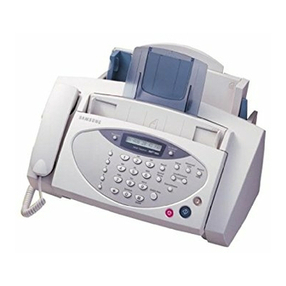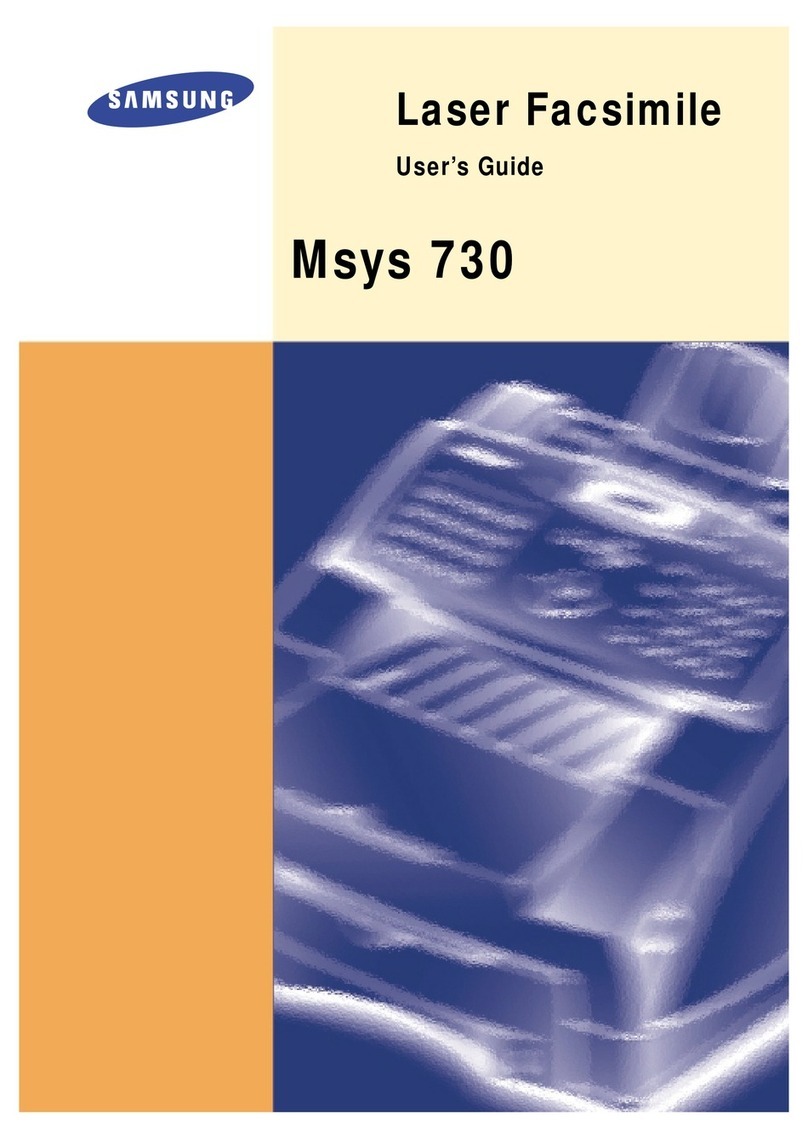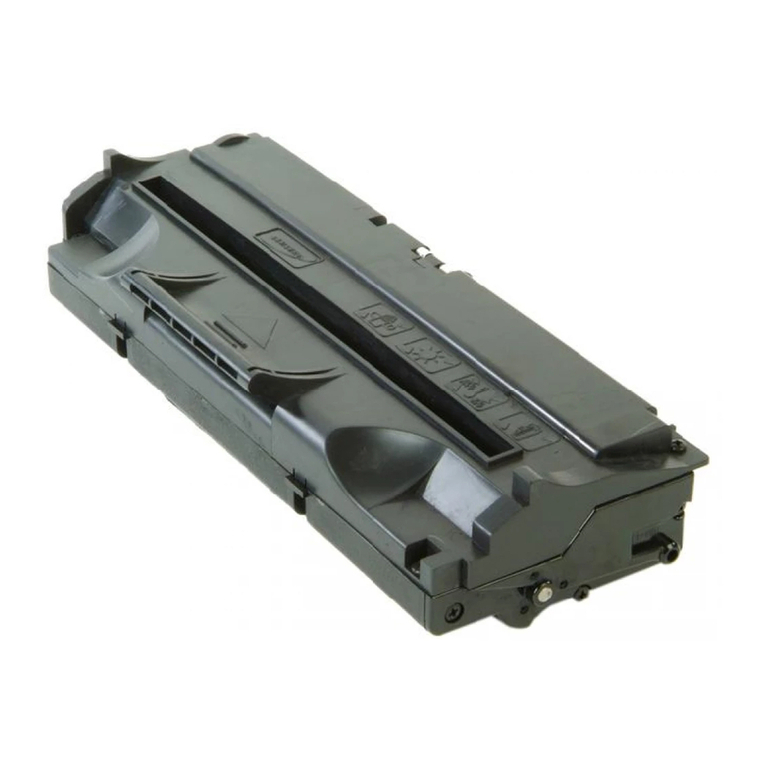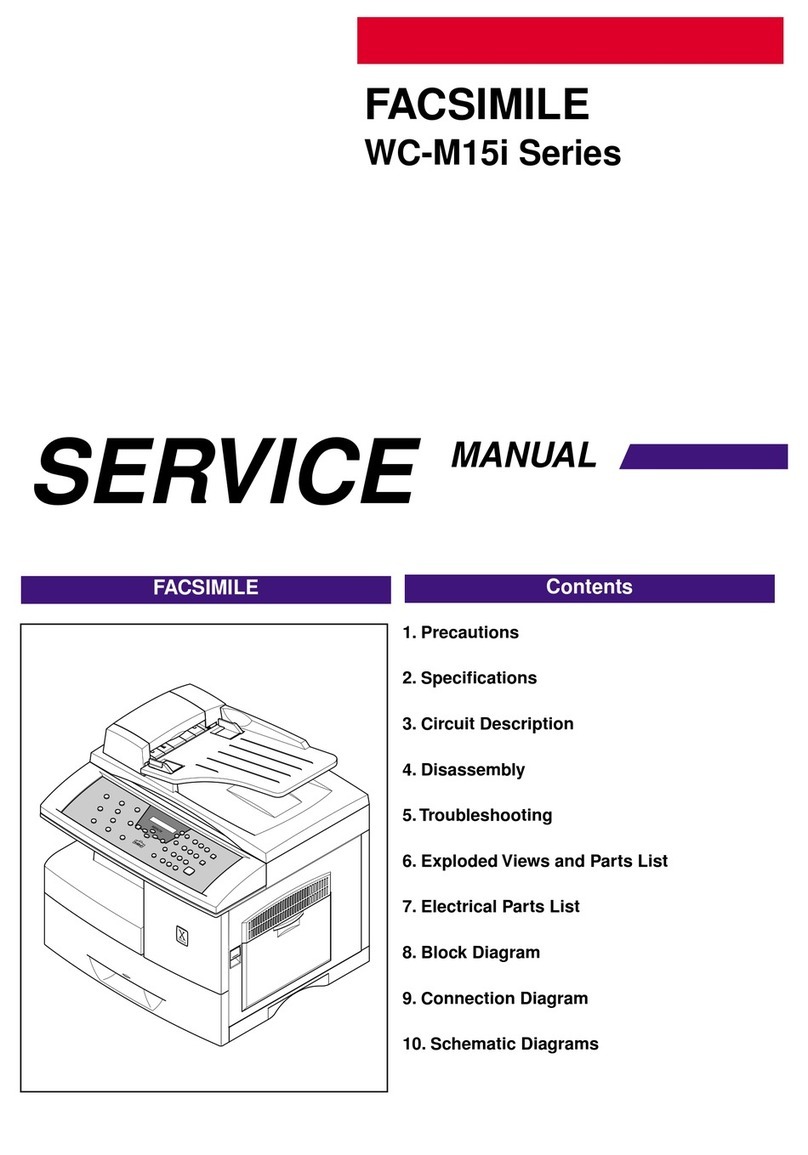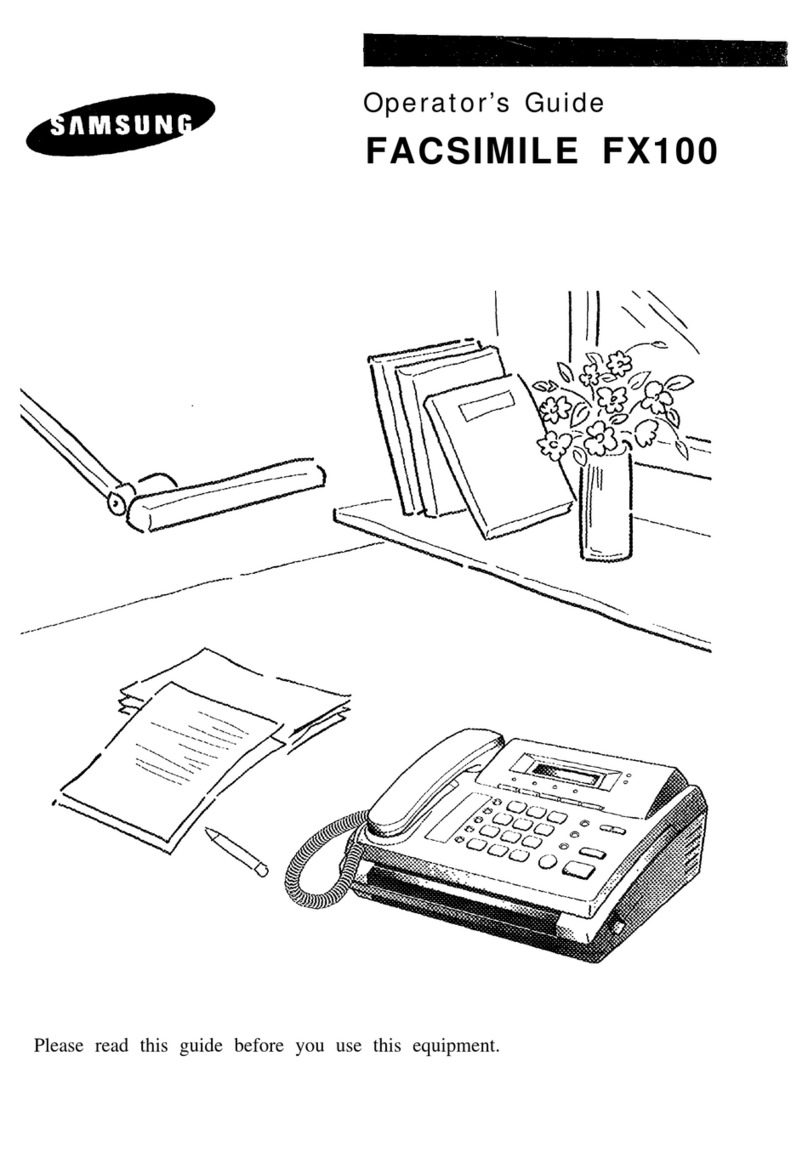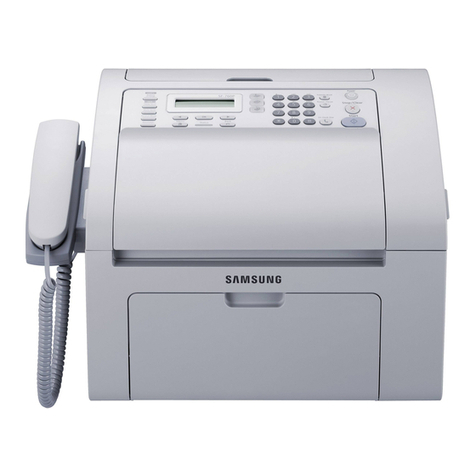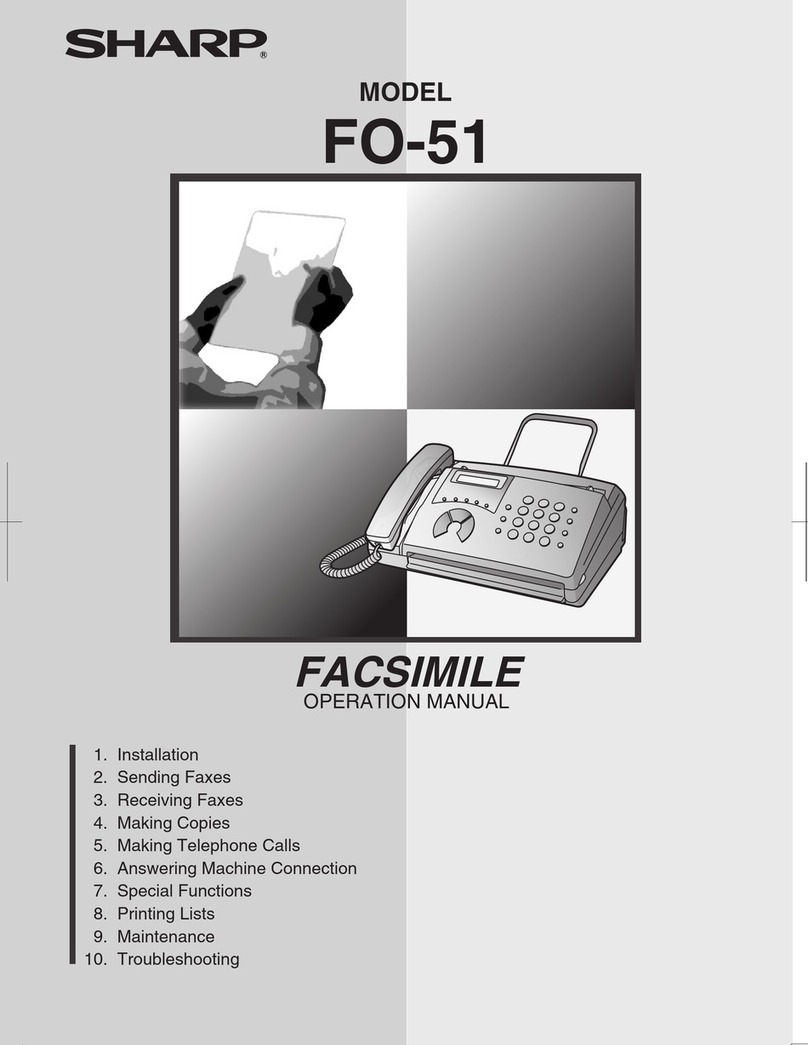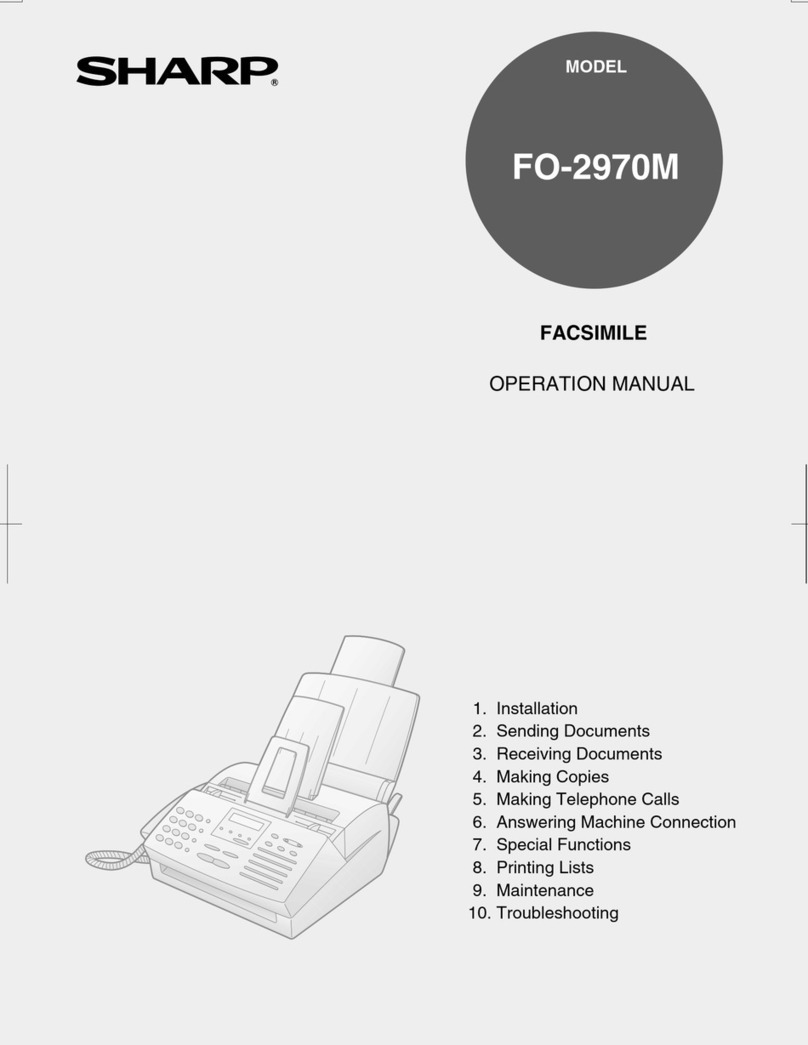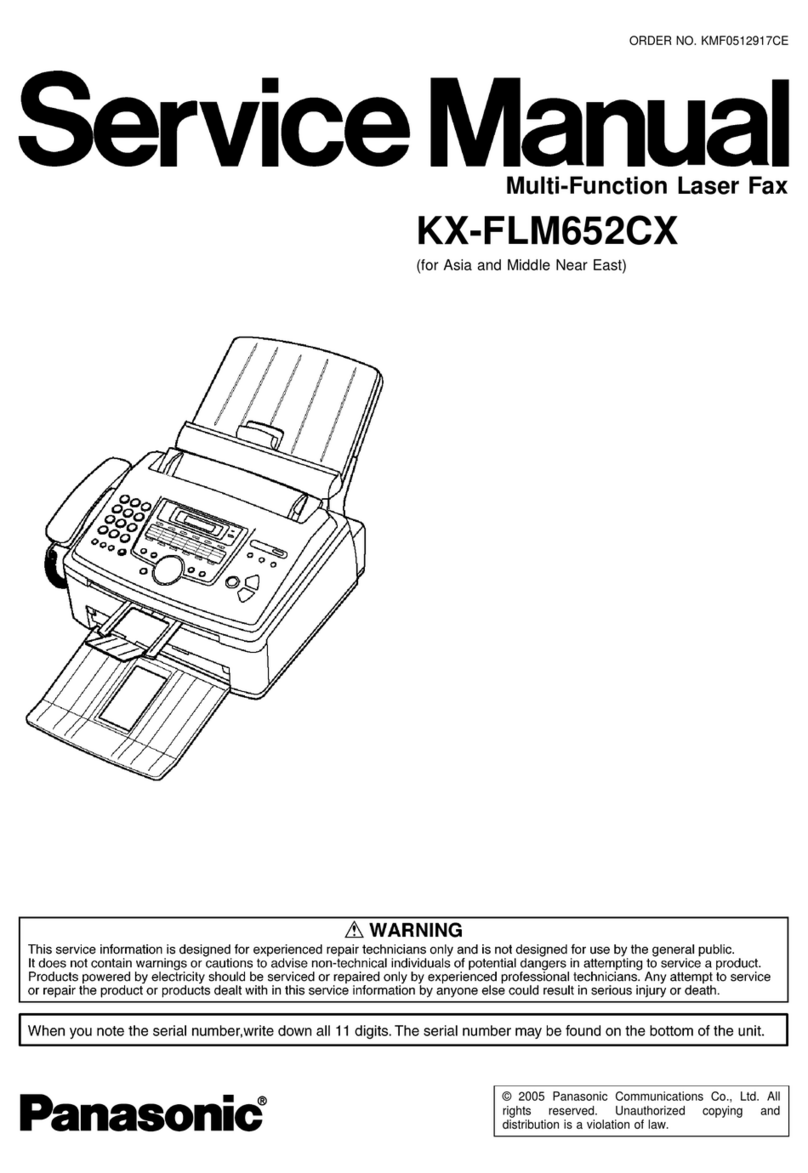Precautions
1-2
ESD
Precautions
Certain semiconductor devices can be easily
damaged by static electricity. Such components are
commonly called “Electrostatically Sensitive (ES)
Devices”, or
ESDs.
Examples of typical
ESDs
are:
integrated circuits, some field effect transistors,
and semiconductor “chip” components.
The techniques outlined below should be followed
to help reduce the incidence of component damage
caused by static electricity.
CAUTION: Be sure no power is applied to the
chassis or circuit, and observe all other
safety precautions.
1.
2.
3.
Immediately before handling a semiconductor
component or semiconductor-equipped
assembly, drain off any electrostatic charge on
your body by touching a known earth ground.
Alternatively, employ a commercially
available wrist strap device, which should be
removed
for
your personal
safety reasons
prior
fo
applying power fo the unit under fesf.
After removing an electrical assembly
equipped with
ESDs,
place the assembly on a
conductive surface, such as aluminum or
copper foil, or conductive foam, to prevent
electrostatic charge buildup in the vicinity of
the assembly.
Use only a grounded-tip soldering iron to
solder or desolder
ESDs.
I-3
Lithium Battery Precautions
4.
5.
6.
7.
8.
9.
Use only an “anti-static” solder removal device.
Some solder removal devices not classified as
“anti-static” can generate electrical charges
sufficient to damage
ESDs.
Do not use Freon-propelled chemicals. When
sprayed, these can generate electrical charges
sufficient to damage
ESDs.
Do not remove a replacement ESD from its
protective packaging until immediately before
installing it. Most replacement
ESDs
are
packaged with all leads shorted together by
conductive foam, aluminum foil, or a
comparable conductive material.
Immediately before removing the protective
shorting material from the leads of a
replacement
ESD,
touch the protective material
to the chassis or circuit assembly into which
the device will be installed.
Maintain continuous electrical contact between
the
ESD
and the assembly into which it will be
installed, until completely plugged or soldered
into the circuit.
Minimize bodily motions when handling
unpackaged replacement
ESDs.
Normal
motions, such as the brushing together of
clothing fabric and lifting one’s foot from a
carpeted floor, can generate static electricity
sufficient to damage an
ESD.
1.
Exercise caution when replacing a Lithium
3.
Lithium batteries contain toxic substances and
battery. There could be a danger of explosion should not be opened, crushed, or burned for
and subsequent operator injury and/or
disposal.
equipment damage if incorrectly installed.
2.
Be sure to replace the battery with the same or
equivalent type recommended by the
manufacturer.
1-2
Samsung Electronics



